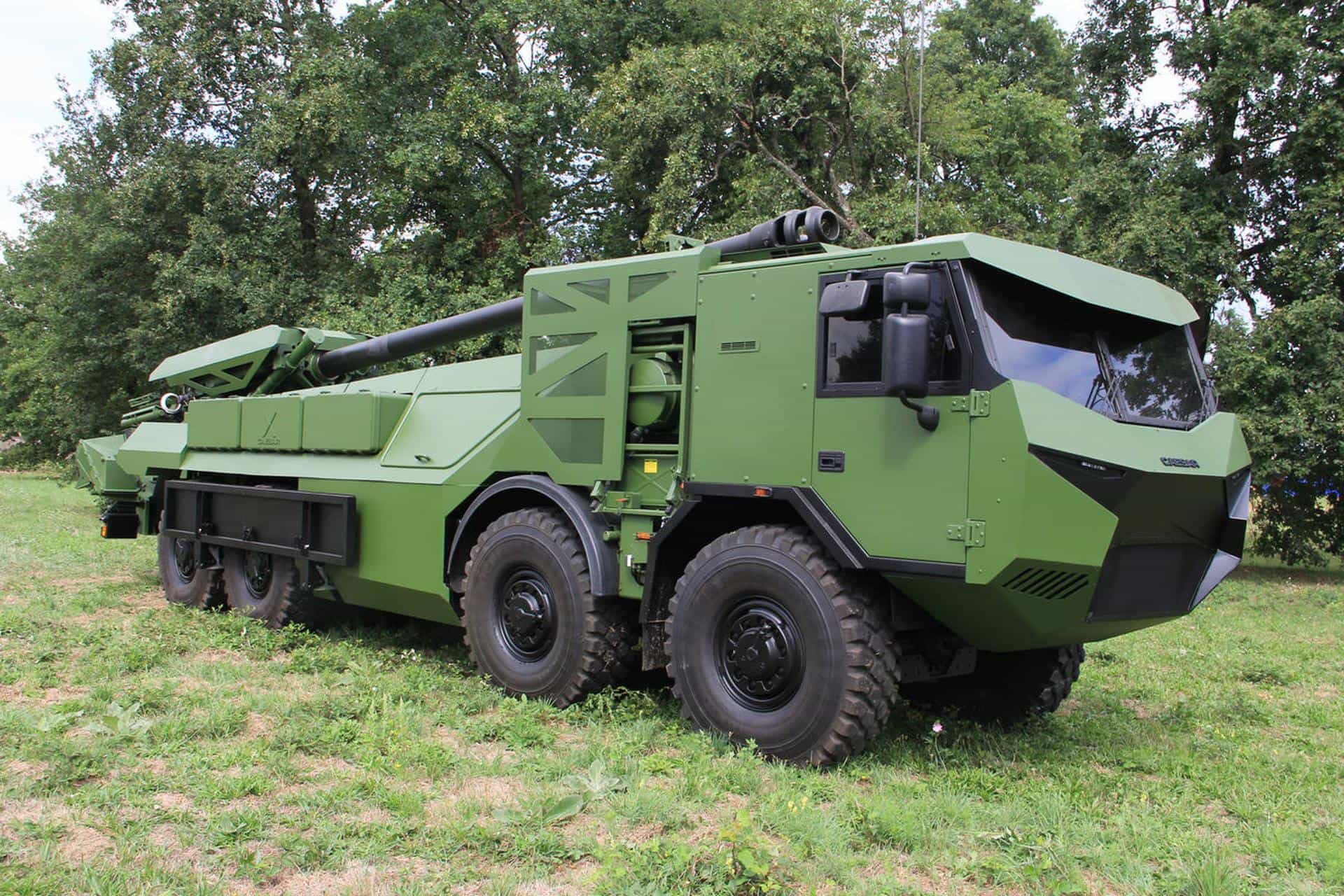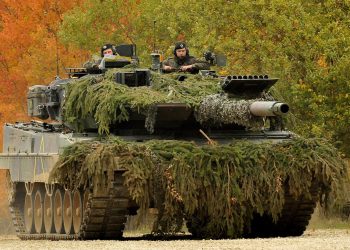WASHINGTON: Improvised explosive devices are one of the most deadly threats to servicemembers deployed to Iraq and Afghanistan. Though they’re often as unsophisticated as a homemade pipe bomb, they have has forced the U.S. military to dedicate entire units to finding and destroying them.
Army Lt. Gen. Michael L. Oates, director of the Joint IED Defeat Organization, discussed the effort to provide comprehensive counter-IED support to warfighters, as well as the organization’s direct support of the surge in Afghanistan, during a “DODLive” bloggers roundtable today.
“Although [the organization is] only four years old, a lot of great things have been done,” he said. “But we have a ways to go yet in ensuring that we can provide the equipment and training that’s necessary for our soldiers as the enemy adapts its techniques and procedures.”
Oates said he has seen a number of differences between Iraq and Afghanistan concerning the IED threat. Two to three years ago in Iraq, the issue was military-grade weaponry being sold and used in IEDs, with fairly sophisticated detonation equipment that Oates said he believes came from Iranian sources. Since then, the threat has dwindled.
In Afghanistan, the volume of IEDs has about doubled, he said, and the casualty numbers reflect that growth. The quality of explosives is much lower – they’re largely homemade explosives, centered on potassium chlorate and ammonium nitrate fertilizers with “very rudimentary” detonation mechanisms such as trip-wires, pressure plates or remote control.
“In Afghanistan, we’ve seen evidence of support coming from Pakistan, so we’re working with the Pakistani government to shut out these shipping routes to keep the fertilizers away from bomb makers,” Oates said.
But whether the explosive is a military-grade bomb or something made in a garage with household products, both have still proven a very dangerous threat to troops on the ground.
“The effectiveness is still good in both [Iraqi and Afghan IEDs],” Oates said. The fertilizer bombs are still effective because they provide a unique challenge for detection, he added.
Because of the nature of fertilizer bombs in Afghanistan, the government there has banned ammonium nitrate-based products. No such fertilizer is produced in Afghanistan, so in theory, the ban will help to weed out bomb-makers from people who use ammonium nitrate products legitimately.
“But the enemy, as you know, adapts, and we have to stay ahead of the game,” Oates said. “As ammonium nitrate becomes more difficult to employ against us, they’ll shift to some other forms. We’re already anticipating and preparing for those contingencies.”
The Pakistani government has discussed placing restrictions on ammonium nitrate and potassium chlorate, since their country has been the primary source for the chemicals. But the same chemicals used in IEDs in Afghanistan are used for mining, farming, road construction and in products like safety matches.
“This is a very complex challenge, because a flat-out ban on these chemicals will affect commercial industry,” Oates said. “A lot of these homemade explosive chemicals are used for very benign purposes.”
Oates said getting the resources needed to Afghanistan has been a problem of physics – a lack of enough room on transport vehicles to carry all of the equipment requested. It hasn’t been a critical problem, he said, but it is a limiter.
Congress has allowed the Joint IED Defeat flexibility for spending, Oates said, a benefit the services as a whole don’t enjoy. As the warfighters see a new threat, the organization can respond as rapidly as possible to get troops more suitable equipment and training.
“There is a tyranny of time to acquire, produce and transport [those resources], so nothing happens overnight,” Oates said. “But I can assure you we are in the ‘urgent response’ mode, as often as we can push industry and training to make [quick response] happen. Our business is very serious; it’s a matter of life and death.”
(Ian Graham is assigned to the Defense Media Activity’s emerging media directorate.)









